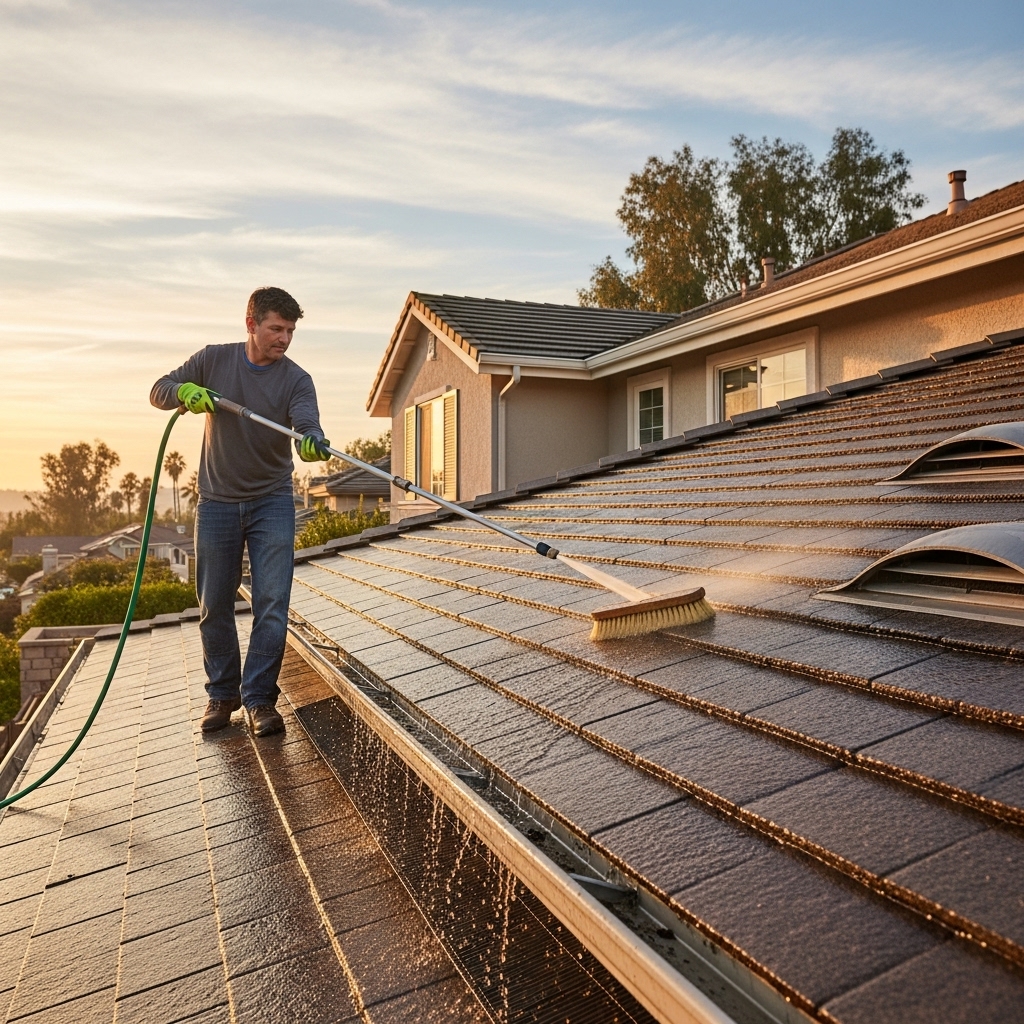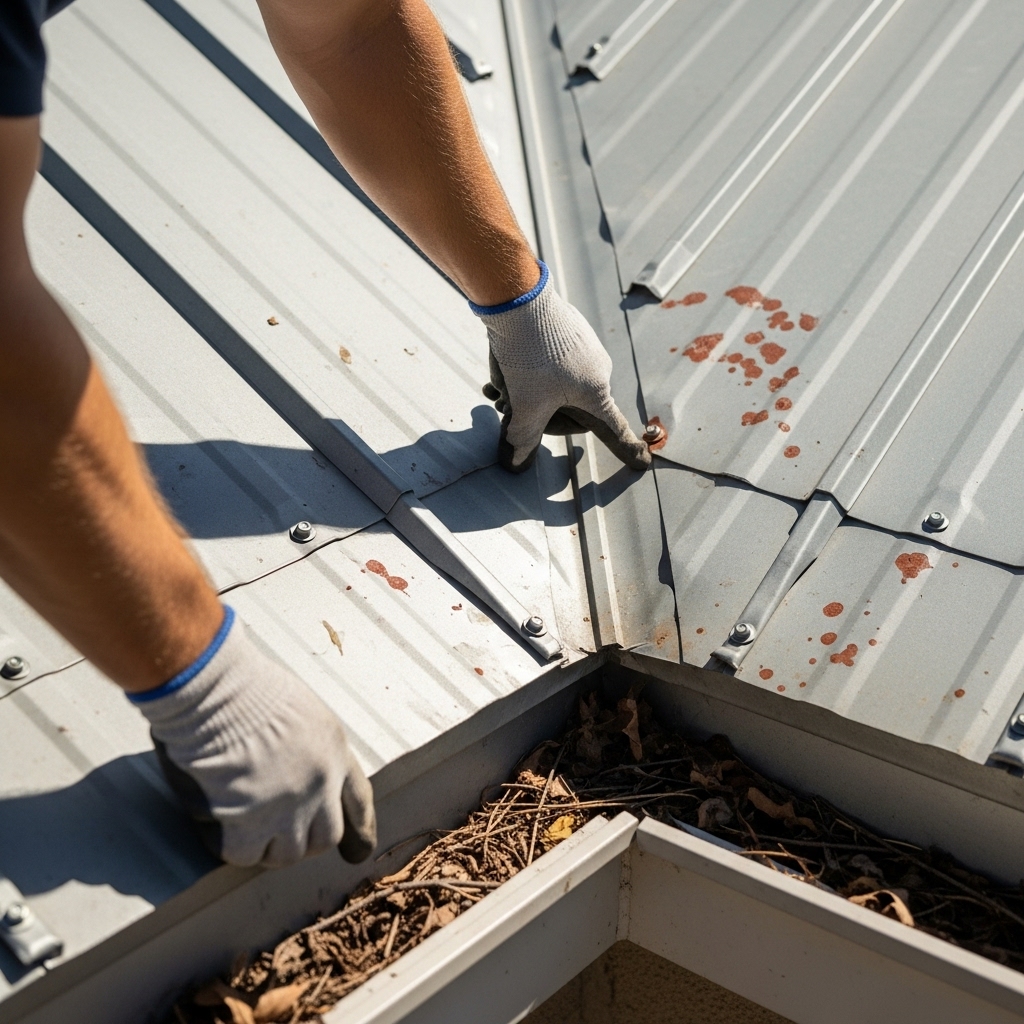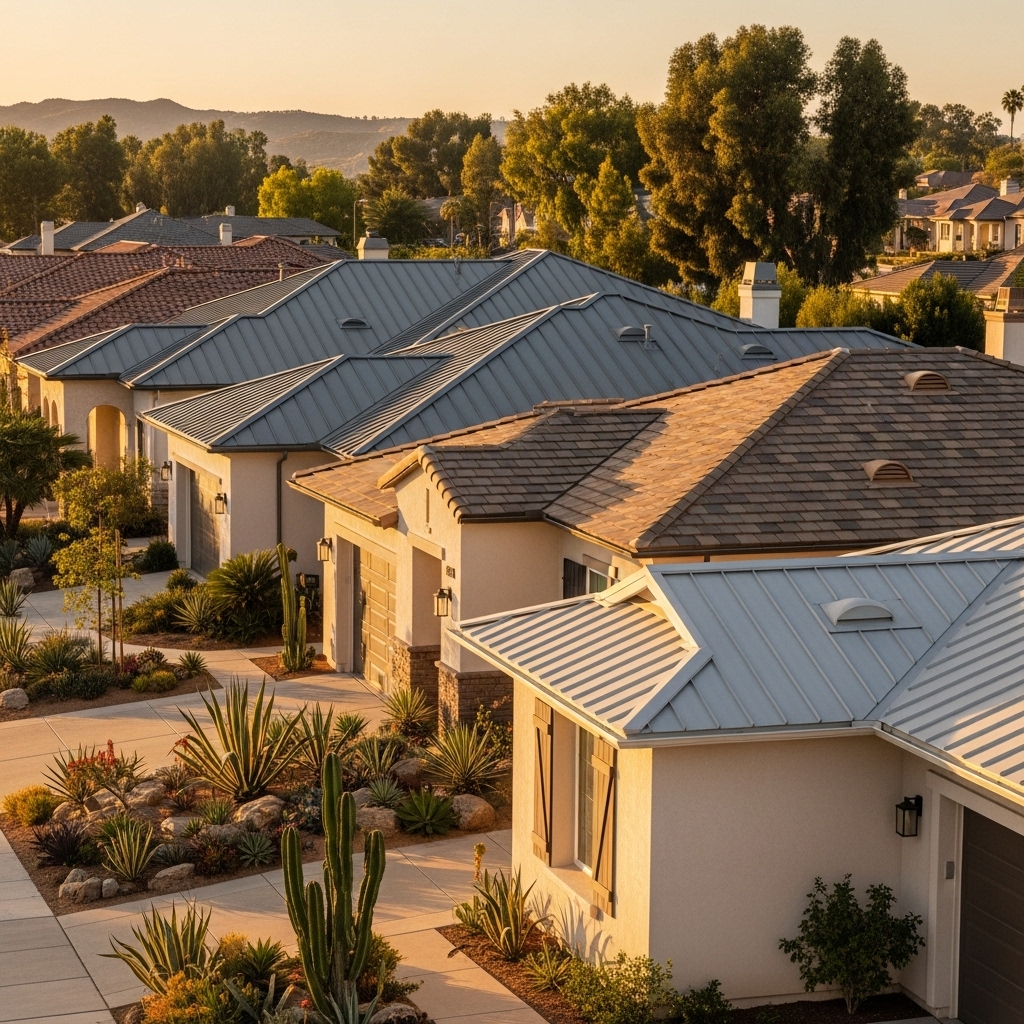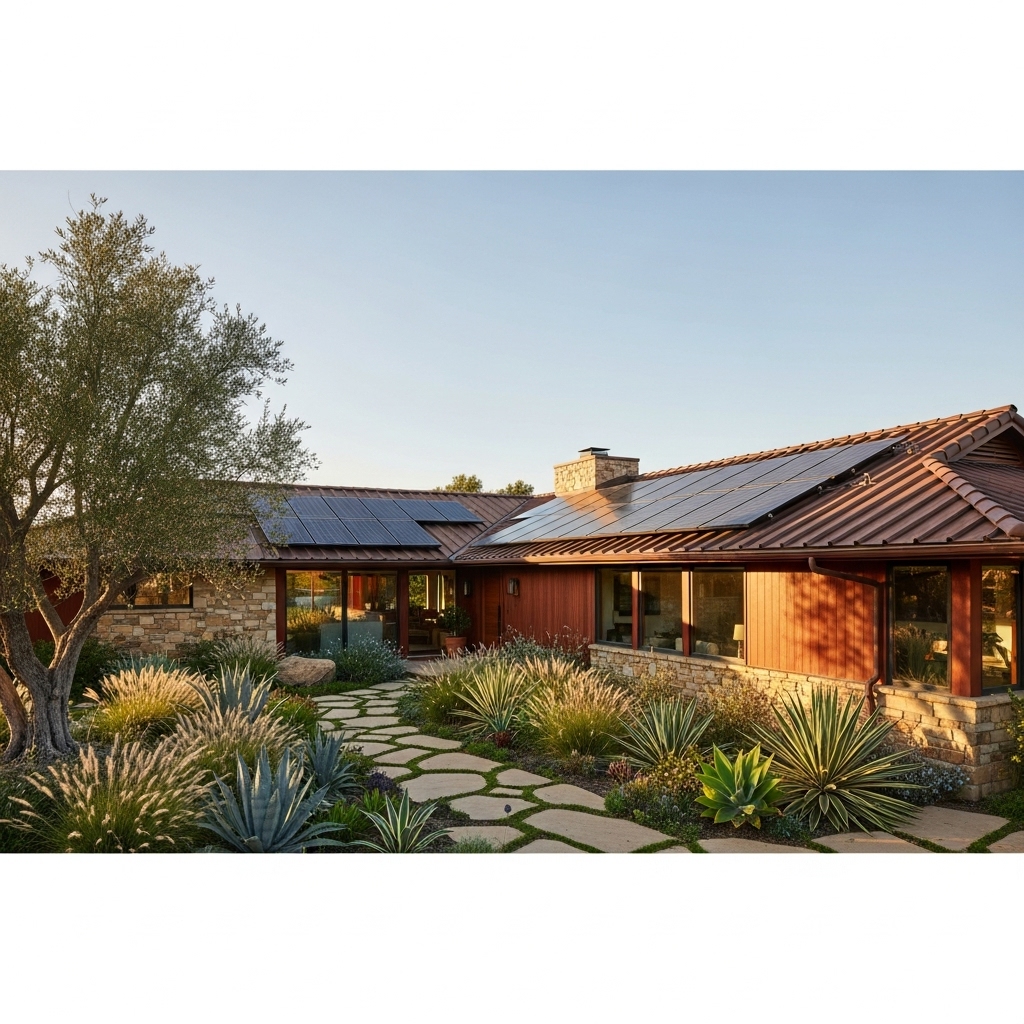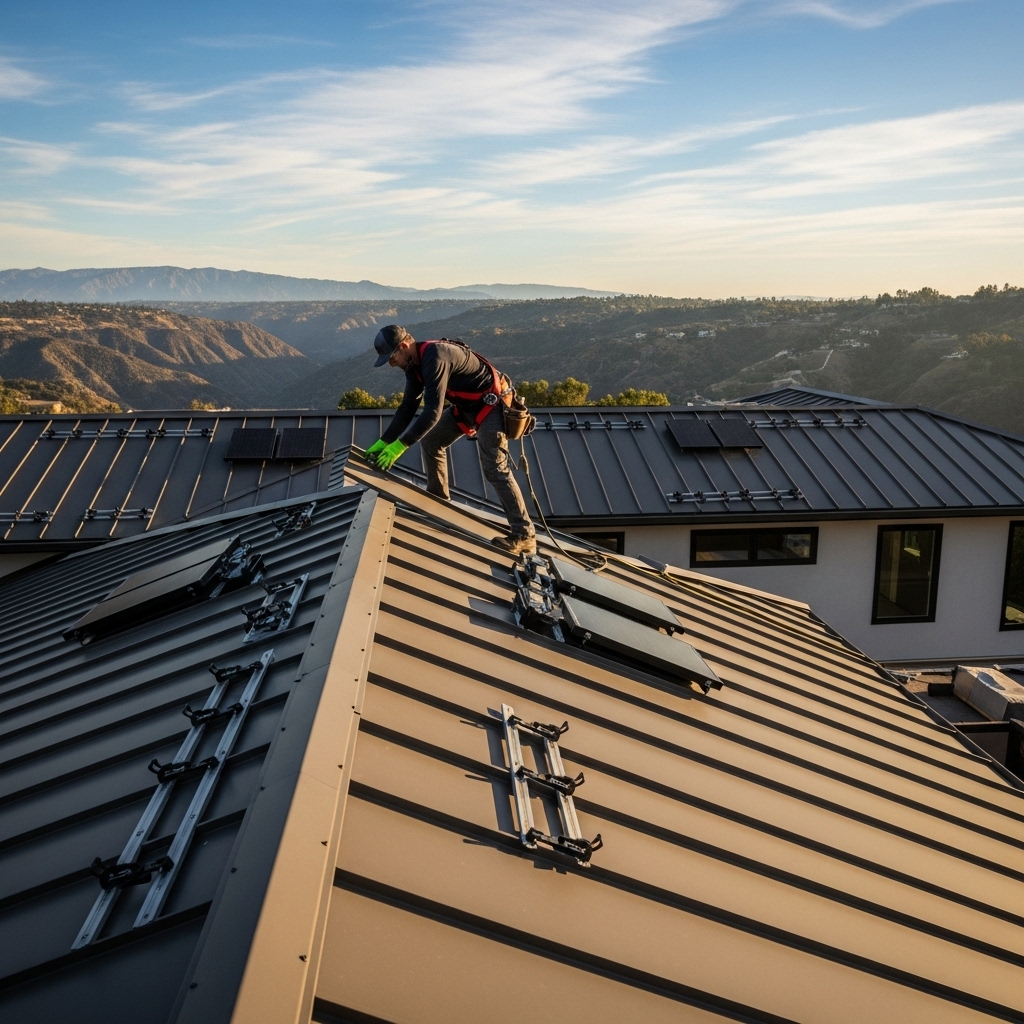What Is Cool Roofing and How Does It Work?
Cool roofing refers to the use of reflective materials that reflect more sunlight and absorb less heat than standard roofing. This technology keeps the roof surface cooler, reducing the amount of heat transferred into the home. As a result, interior temperatures remain lower, especially during the warmer months. This passive cooling method reduces the reliance on air conditioning systems, directly supporting energy efficiency in residential settings.
Energy Savings Start at the Top
The primary benefit of cool roofing for energy-efficient homes is the noticeable reduction in energy use. By maintaining a cooler indoor environment, households with cool roofing typically experience lower energy bills. This is particularly important in hot climates where air conditioning is frequently used. Over time, the cumulative effect of these savings makes cool roofing a cost-effective investment for homeowners looking to cut their utility expenses.
Improved Indoor Comfort Without the Extra Cost
Cool roofing enhances indoor comfort by minimizing heat gain through the roof. Homes with standard dark-colored roofs often experience hot upper levels or attics, even with insulation. Cool roofing addresses this issue by preventing excessive heat accumulation at the roof level. Residents can enjoy more consistent and comfortable temperatures across all rooms, which improves quality of life without increasing cooling costs.
Cool Roofing Supports a Greener Lifestyle
Using cool roofing aligns with sustainable building practices by reducing the carbon footprint of a home. Lower energy demand means less fossil fuel consumption by power plants, which leads to fewer greenhouse gas emissions. Cool roofing contributes to broader environmental goals without requiring complex system upgrades or lifestyle changes. It’s a practical, low-maintenance solution for eco-conscious homeowners.
Longer Roof Lifespan and Less Maintenance
Cool roofing materials tend to degrade less rapidly under sun exposure, preserving their structural integrity longer than traditional materials. This results in fewer repairs, less frequent replacements, and reduced maintenance costs. By extending the life of the roof, homeowners further improve the return on their investment while enjoying the environmental and financial benefits of this smart roofing choice.
Read More:


